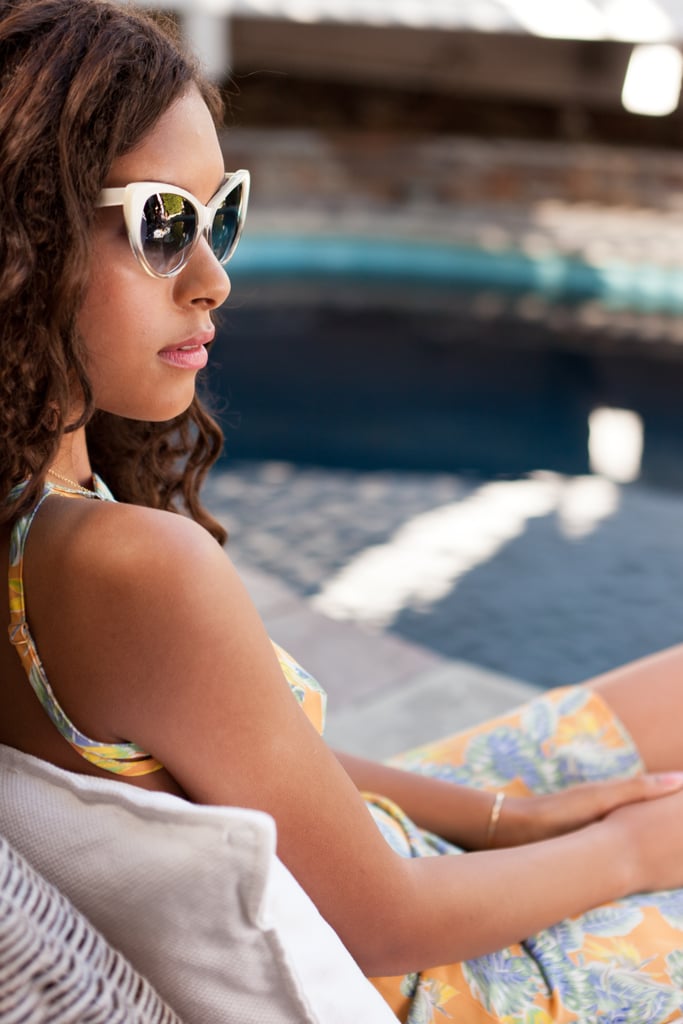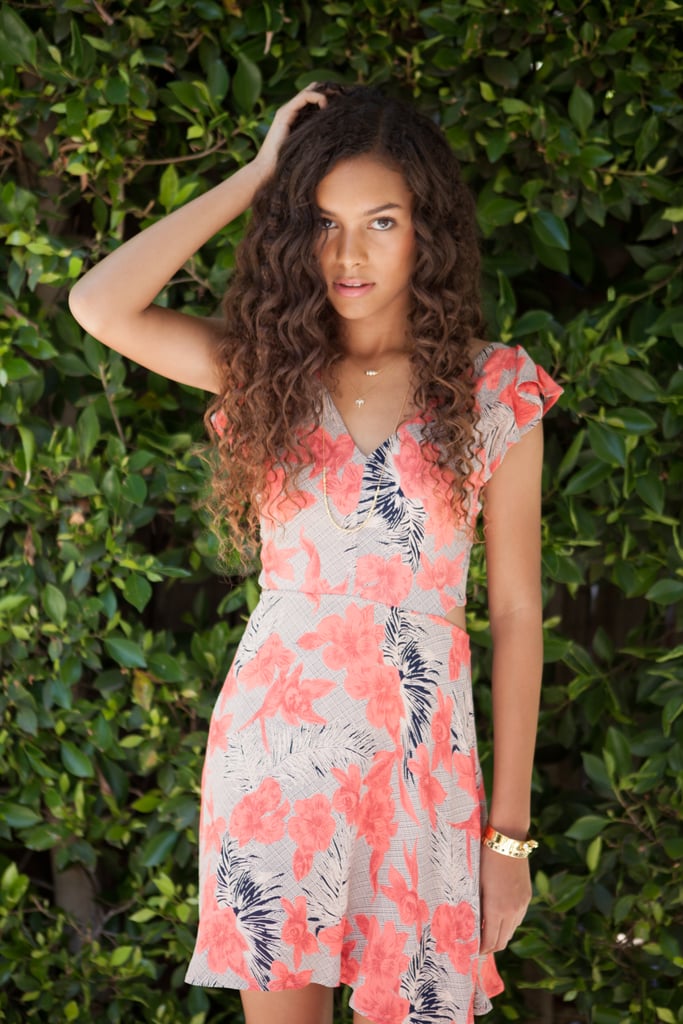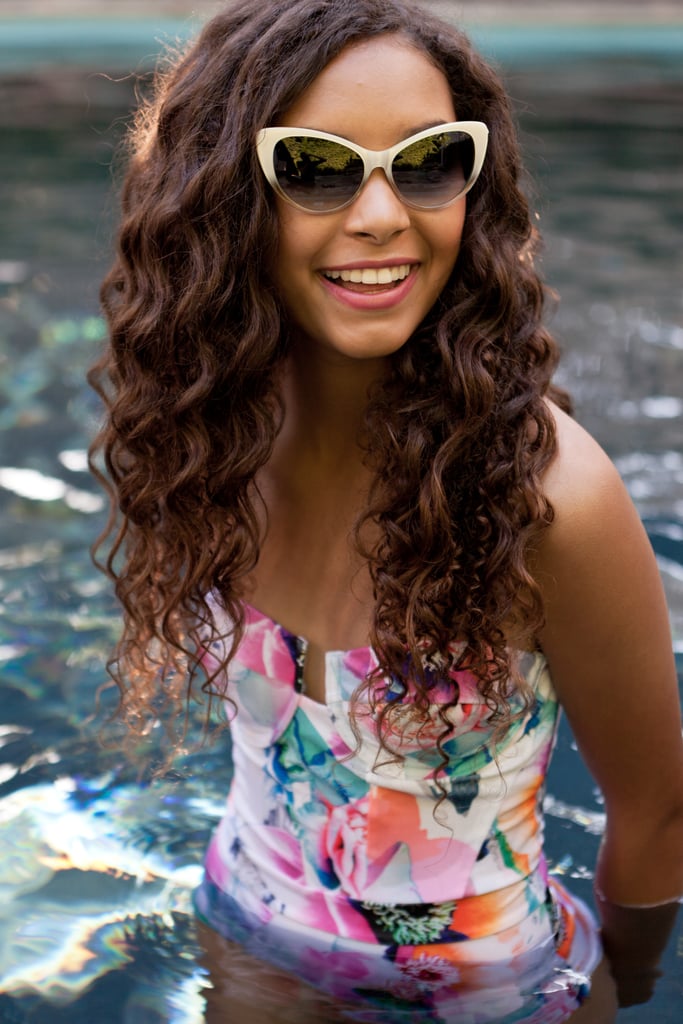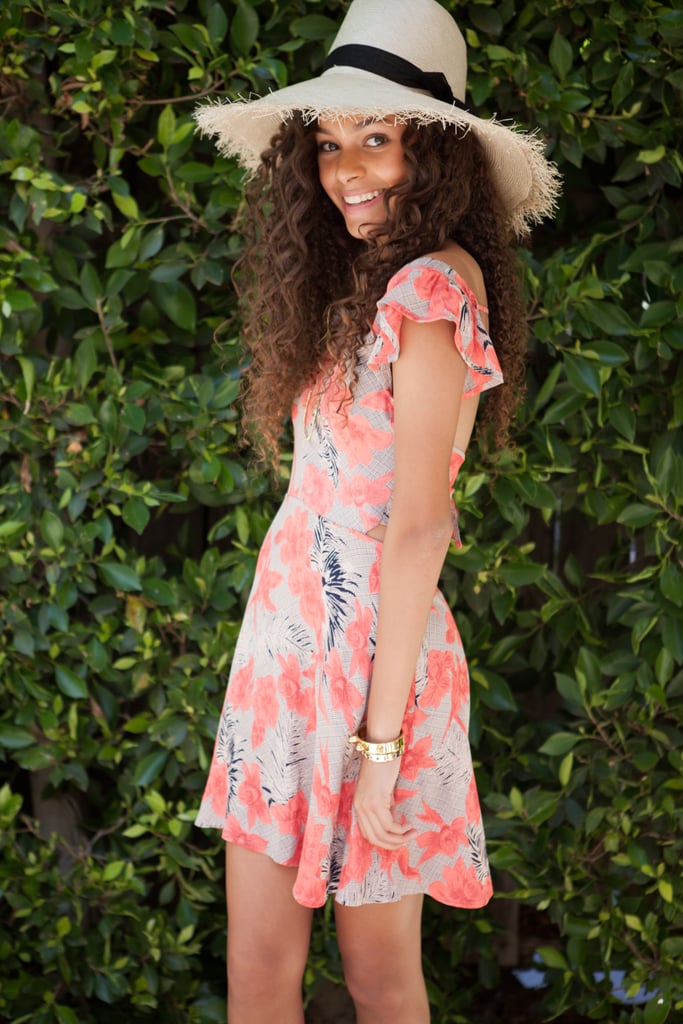Whether you have fair, olive, or dark skin, you've probably dealt with small dark spots or patchy discoloration at some point. Latin skin is programmed to produce more pigment in response to injury, which can be anything from a pimple you picked [1] to sun damage [2], explains Alicia Barba, MD, a dermatologist in Miami. Because the way our skin develops hyperpigmentation differs from non-Latin skin, the treatment to get rid of it should be different too. Keep reading to find out what you can do to fight those pesky spots.
First Things First: Wear Sunscreen Every Day
We hope you don't still believe that because you're Latina, you get a pass when it comes to sunscreen. A little skin color can act as natural protection, but the accumulation of rays is what leads to serious damage and, in the worst scenario, skin cancer, says Barba. When the sun's rays hit your skin they tell your cells to create more pigment (that's how you get a tan), and it's the buildup of that pigment that creates those dark spots and splotches that won't go away. It doesn't matter if your skin is fair or dark; add at least an SPF 30 to your everyday beauty routine. There are lots of great formulas out there [3] — powders, sprays, lotions, creams, and sticks — so you don't have an excuse to skip it anymore.
Figure Out If There's an Obvious Cause For Your Spots
Are you the problem? If you're picking at pimples and then seeing a spot right there a few days after, the answer is yes. Take care of the acne with a benzoyl peroxide treatment, like Murad Acne Spot Fast Fix [4] ($22). The ingredient is anti-inflammatory so the size of the pimple will go down, and it's antibacterial so it'll prevent new breakouts — plus, it lightens skin, working to stop the dark spot before it forms, says Barba.
Treat Spots Caused by Genetics
If your problem is not acne, then it's genetic. For that, use a lotion or serum with glycolic acid, like Peter Thomas Roth Glycolic Acid 10 Percent Moisturizer [5] ($45). If you find your skin is too sensitive for it, choose licorice extract or vitamin C. Try First Aid Beauty Skin Rescue Daily Face Cream [6] ($22) and The Body Shop Vitamin C Daily Moisturizer SPF 30 [7] ($23). You don't want to apply the lotion all over your face but just on the area with the dark spots, or you'll end up with the opposite effect — light spots where you didn't want them, adds Barba.
Know That Large Dark Patches Need a Different Treatment
Dark spots are different from large splotchy areas. Those bigger patches are called melasma and you'll see them around your lips, cheeks, and forehead, says Barba. To take care of melasma, you need to make some lifestyle changes. Talk to your doctor about changing your birth control, which can trick your skin into producing more pigment. And always, always, always wear a hat when outside, she says. Melasma escalates quickly when exposed to the sun and though sunscreen certainly helps, it's not enough.



